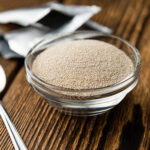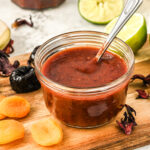Are you a seafood lover? If so, you may have wondered can you eat shrimp tails. That’s okay – not everyone is aware that yes, you can indeed eat shrimp tails! But before delving into whether they are safe to consume and how best to prepare them, let’s take a quick look at where the delightful shellfish hails from.
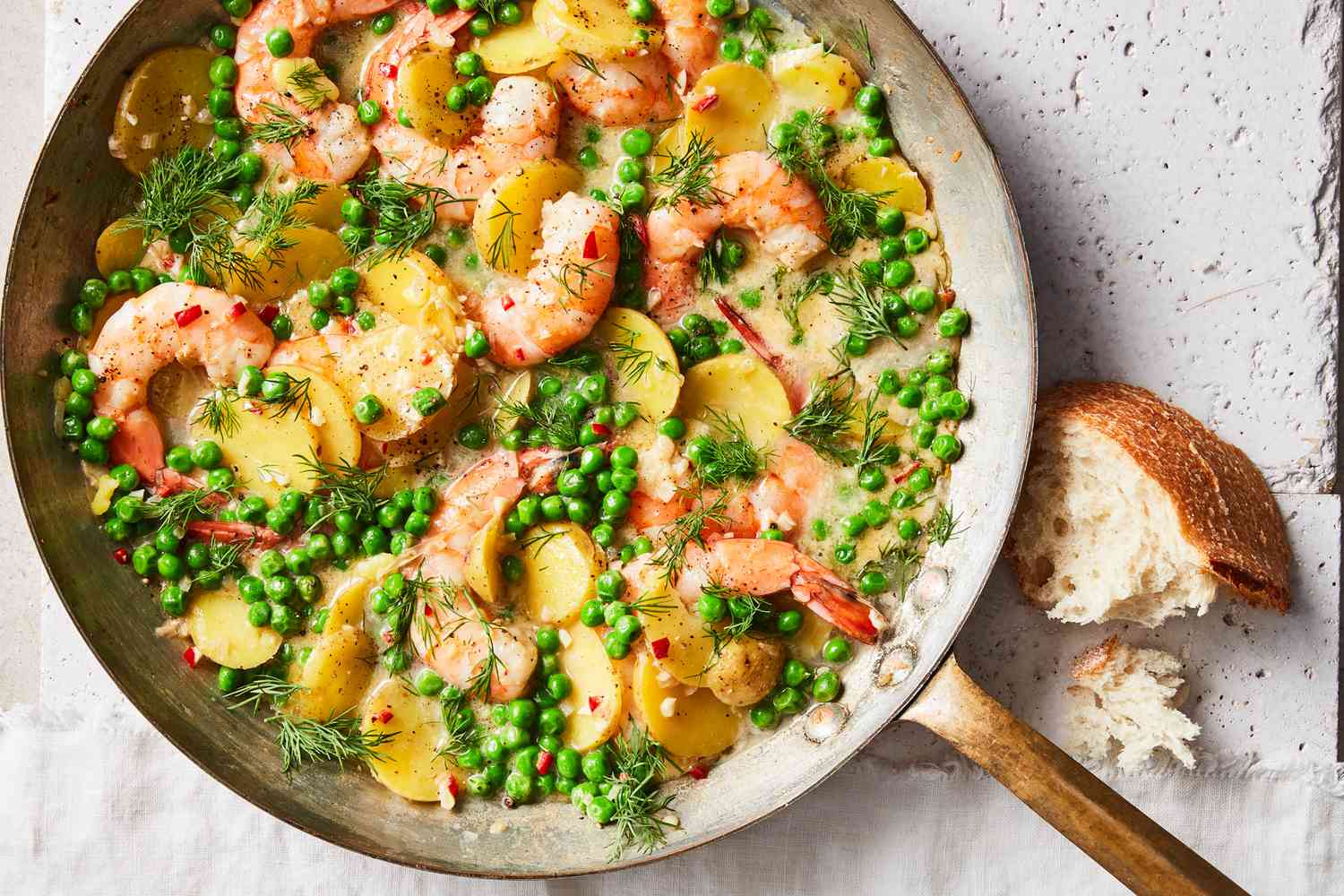
Contents
Nutritional Value In Shrimp Tails
In addition to their delicious taste, shrimp tails are also packed with essential vitamins and minerals that are beneficial to your health. They contain high levels of protein and healthy fats which help boost energy levels and aid in muscle growth. Shrimp tails also provide a good source of zinc, magnesium, selenium, phosphorus, and Vitamin B-12. The minerals in shrimp tails can help with brain development, cognitive function, and improving immunity.
Can You Eat Shrimp Tails?
The short answer is yes, you can eat shrimp tails! However, it’s important to note that some species of shrimp contain parasites and bacteria that should be avoided. It’s best to purchase fresh or frozen shrimp tails from a reputable seafood supplier. If you plan on eating raw shrimp tails, make sure they are from a trusted source. Once cooked, these can be enjoyed as an appetizer or added to salads and pasta dishes for a crunchy texture.
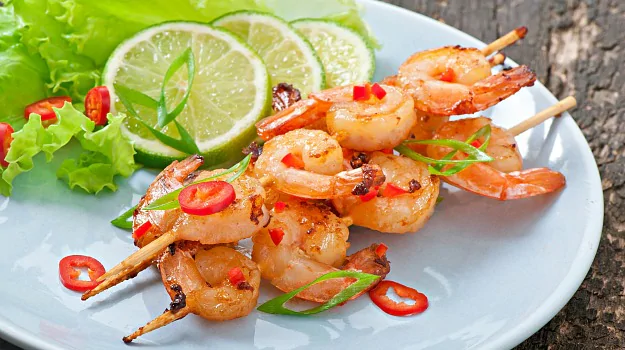
Benefits Of Eating Shirmp Tails
We know that shrimp is a healthy, delicious seafood option, but did you know that the tails also contain numerous health benefits? Eating shrimp tails provides essential vitamins and minerals including vitamin B12, selenium, zinc and niacin. These nutrients help to improve your overall health and bolster your immune system.
Shrimp tails are also packed with protein, containing about 15-20 grams of protein per serving. Protein helps to build muscle, and is also essential for maintaining healthy bones. Eating shrimp tails can help you reach your recommended daily intake of protein without sacrificing flavor or variety.
In addition to providing essential nutrients, shrimp tails are also low in saturated fat and calories, making them an excellent choice for those looking to lose weight. Eating shrimp tails helps to promote a healthy heart and can even reduce your risk of developing certain diseases.
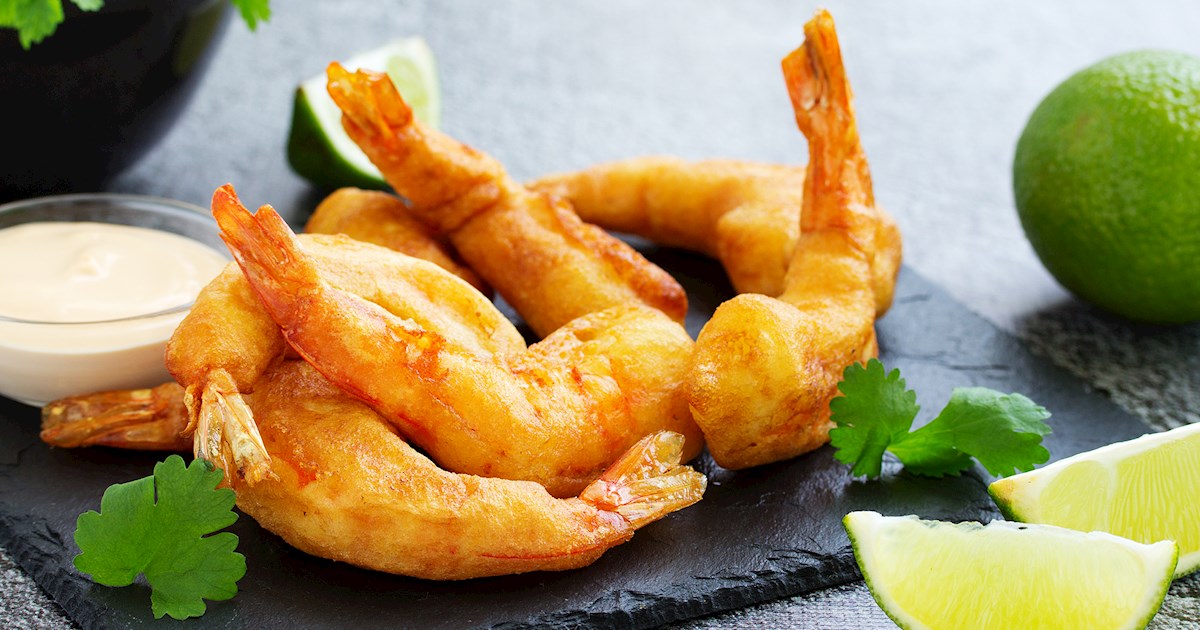
How To Eat Shrimp Tails
Now that you know the answer to “can you eat shrimp tails?” let’s look at some delicious ways to prepare them. Deep-frying is the classic way of cooking shrimp tails, and adds a delicious crunch and flavor to any dish. You can also pan fry them for a few minutes in butter or oil until cooked through. If you’re looking for a healthier option, shrimp tails can be grilled quickly over medium heat, and seasoned with salt and pepper to taste. They also make a great addition to stir fry dishes, soups, and curries. Regardless of how you choose to prepare them, shrimp tails are a great addition to any meal. Just remember to select fresh, high-quality shrimp tails from a reliable source – and enjoy the crunchy taste.
What Can Shrimp Tails Eat With?
Shrimp tails are great when served as an appetizer or snack, but they also make a great addition to a variety of dishes. They can be added to salads, stir-frys, and soups for extra texture and flavor. They are also popularly used in tacos and wraps. Additionally, shrimp tails can be grilled or fried for a delicious meal or side dish.
How To Prepare Shrimp Tails?
Now that you know the answer to can you eat shrimp tails and the health benefits, let’s look at how to prepare them. Shrimp tails can be cooked in a variety of ways, such as steaming, boiling, frying, and baking.
Deep-Fried Shrimp Tails
Deep-fried shrimp tails are a great way to enjoy the crunchy texture and delicious flavor of the shellfish. Begin by removing the tail from the shrimp, then patting it dry with a paper towel. Next, combine equal parts flour and cornstarch and season with salt, pepper, and garlic powder. Heat oil in a deep fryer or pot to 375°F, then dip the shrimp tails into the batter and carefully place them in the hot oil. Fry for 3-4 minutes until golden brown and cooked through. Finally, remove from the heat and season with salt and pepper to taste before serving.
Shrimp Stock
Shrimp stock is a flavorful base for soups, stews, and other dishes. To make shrimp stock, begin by adding the shrimp tails to a pot of boiling water. Simmer for 15 minutes or until the shells turn pink, then strain the liquid into another pot. Discard the shells and add vegetables for additional flavor. Simmer the stock for another 20 minutes, then strain and discard any remaining shrimp or vegetables. The stock can be stored in a sealed container in the refrigerator for up to 5 days. Shrimp stock is a great way to make use of leftover shrimp tails and add depth of flavor to your dishes.
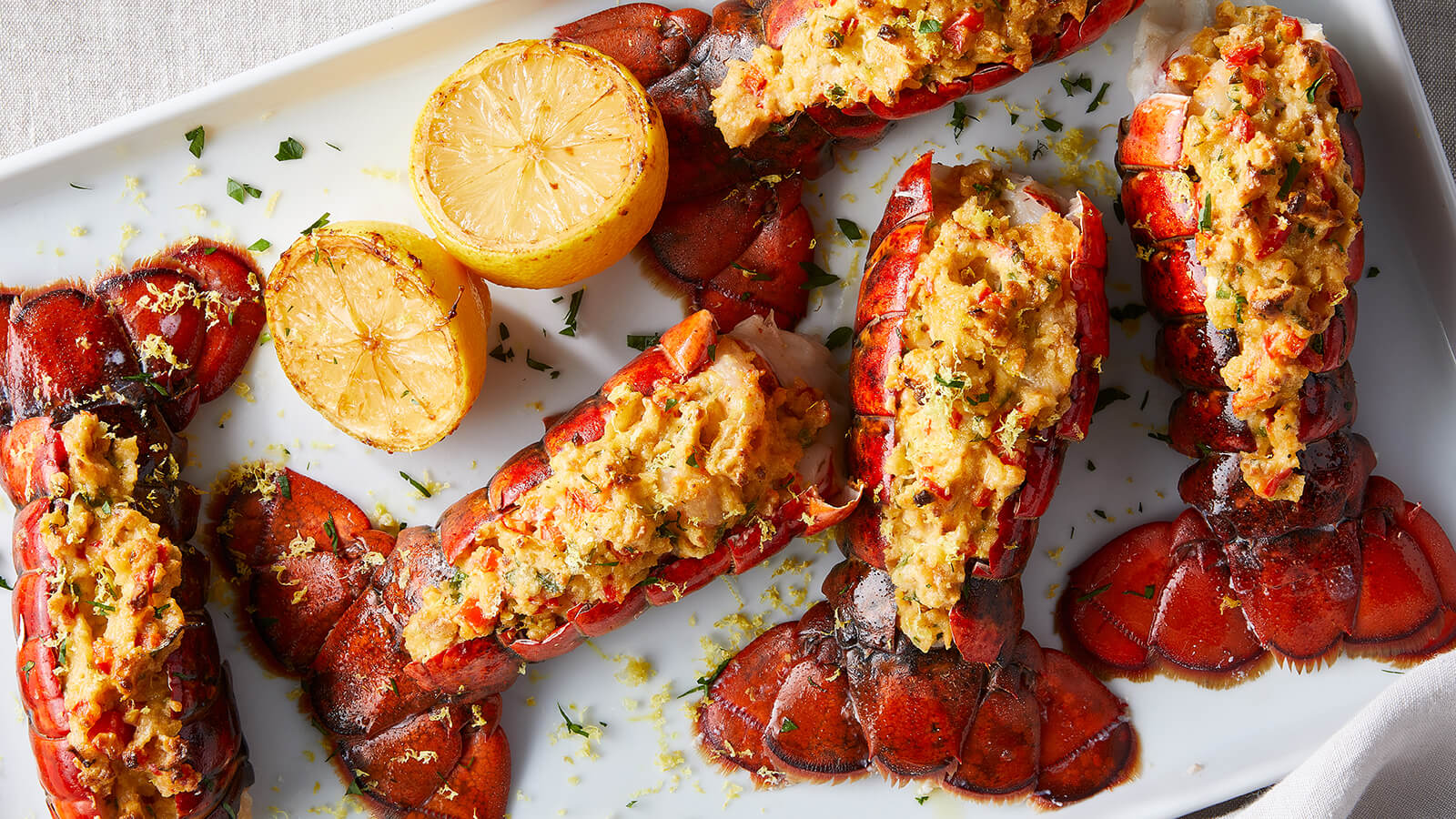
Dishes Cooked With Shrimp Tails
Now that you know more about can you eat shrimp tails, let’s explore popular shrimp tail dishes. The versatility of shrimp tails makes them an ideal ingredient for a variety of delicious dishes. Here are some popular recipes that use shrimp tails:
- Shrimp and Grits
- Spicy Shrimp Tacos
- Coconut Crusted Shrimp with Mango Salsa
- Fried Rice with Shrimp and Vegetables
- Grilled Shrimp Skewers
- Spicy Shrimp and Avocado Salad
- Thai Red Curry with Shrimp
- Teriyaki Shrimp Stir Fry
Shrimp tails are a great way to add flavor, texture, and nutrition to any meal.
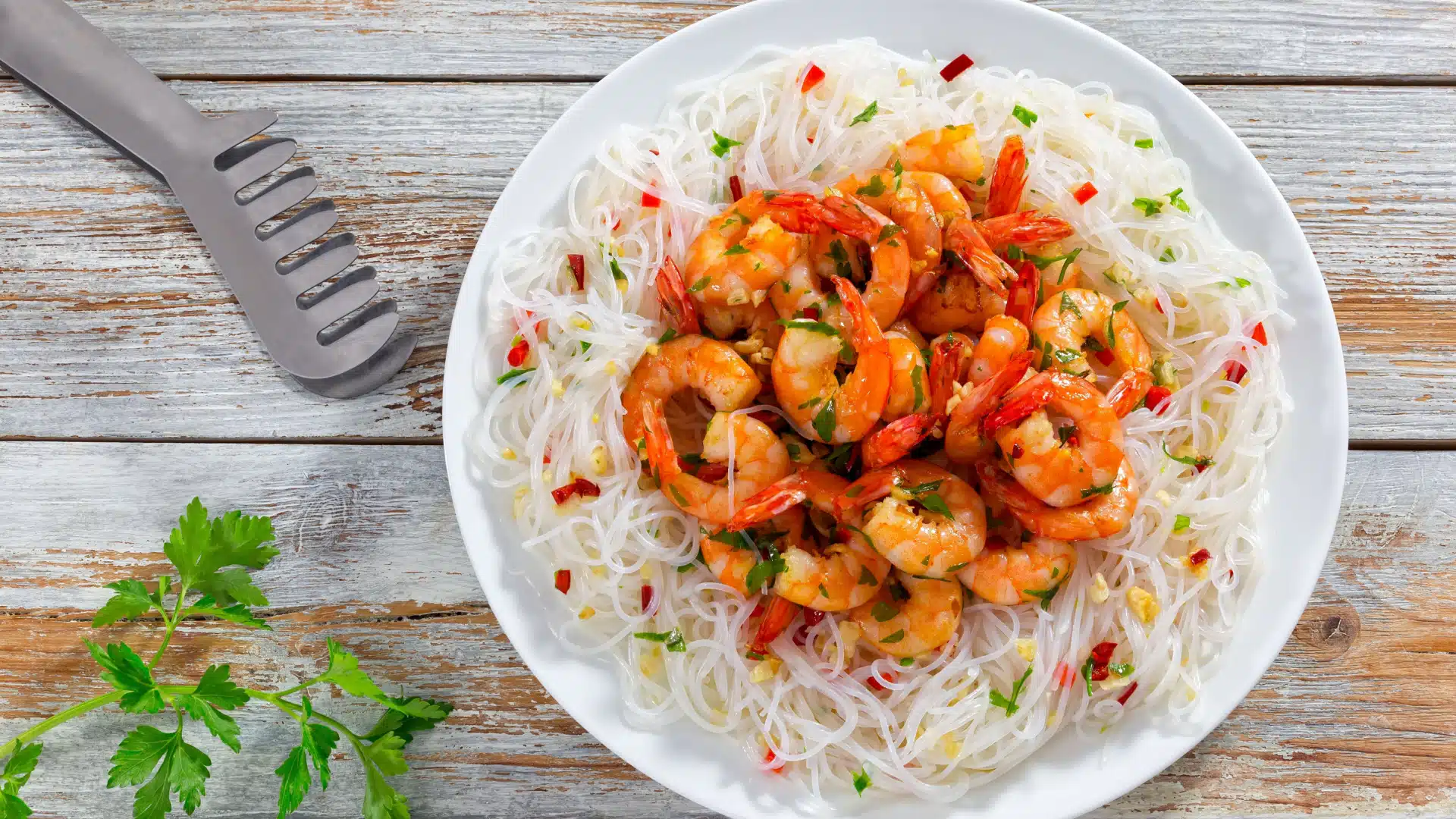
Do You Leave Shrimp Tails On Or Off When Cooking?
When cooking shrimp, it is up to personal preference whether or not to leave the tail on.
When To Leave Shrimp Tails On
Leaving shrimp tails on can be beneficial when cooking certain dishes such as soups, stews, and stir-fries. The tails are full of flavor which will be released into the dish as it cooks, giving it an additional layer of flavor.
When To Take Off The Shrimp Tails
If you’re looking for a more attractive presentation, it’s best to take the tails off before cooking. This is especially true for dishes like pasta and salads that will be served cold. Taking the tails off also prevents them from burning if you are baking or roasting shrimp in the oven.

Conclusion: Can You Eat Shrimp Tails?
So we have answered the question can you eat shrimp tails. Shrimp tails can add flavor and texture to a variety of dishes. Whether you leave them on or take them off before cooking, always make sure to purchase fresh shrimp tails from a trusted source for best results. With the right preparation techniques, you’re sure to enjoy the delicious taste and health benefits of shrimp tails. Thank you for reading at yongkangstreetnyc.com.
FAQs: Shrimp Tails
Why don’t we eat shrimp tails?
It used to be believed that our bodies couldn’t break down the tough chitin in shrimp tails. However, recent studies have revealed that our gastric juices actually contain an enzyme called chitinase, which can effectively degrade chitin. This means that shrimp tails are safe for consumption.
Do Japanese eat shrimp tails?
In Japan, it is customary to return specific prawns to the kitchen after devouring the tail, which is then deep-fried to create a delightful crispy delicacy. Embracing cultural practices, even as seemingly insignificant as eating with your fingers, can be truly enriching and fulfilling.
Do shrimp tails decompose?
Absolutely. Like most organic matter, shrimp tails are capable of decomposing. In fact, in Thailand, compost made from seafood waste, including shrimp heads, tails, and crab shells, is highly sought after. This compost is particularly beneficial due to its abundance of chitin and chitosan.
Why do restaurants remove shrimp tails?
There are actually a few reasons behind this culinary choice. One of the main reasons is for aesthetics – the tails can add an elegant touch to the presentation. Additionally, leaving the tails on while cooking can infuse the dish with a subtle burst of flavor. Moreover, by leaving the tails intact, diners can easily dip the shrimp into accompanying sauces, albeit at the risk of having their fingers deliciously flavored.
What is the etiquette for eating tail on shrimp?
When enjoying a shrimp cocktail meal with large shrimp that still have their tails intact, using your fingers is acceptable. However, if you prefer to avoid any fishy scent on your fingers, it is recommended to use a sea fork or small cocktail fork along with a knife.
Does shrimp have heart in tail?
Contrary to popular belief, shrimp do not have their hearts in their tails. In fact, their hearts can be found at the base of their heads. Furthermore, shrimps possess an intriguing open circulatory system, lacking arteries, and with their organs floating directly in blood. Let’s dive into the fascinating world of shrimp anatomy.
Why do chefs leave tails on shrimp?
This culinary technique not only enhances the visual appeal of the food but also adds a delightful burst of flavor. Additionally, keeping the tails intact creates the illusion of larger shrimp, pleasing both the eye and the palate. Moreover, this practice makes it more convenient for restaurants to handle. Experience the delightful crunch and taste that the shrimp tails bring to your dining experience.
Should I buy shrimp tail on or off?
They not only add visual appeal but also enhance the flavor of the dish and can be conveniently used as handles. The choice of leaving them on or removing them depends on the cook’s expertise and preference.
Is shrimp shell and tail edible?
Not only are they rich in calcium, but they also provide other essential minerals. The answer is yes – the shrimp tail is indeed edible. In fact, it’s a delicious part to enjoy as it offers a satisfying crunch and an abundance of flavors.
What to do with shrimp tail?
Unlock the hidden flavors of shrimp shells, tails, and heads. Transform them into a delectable stock for enhancing seafood sauces, soups, and stews. In just a few minutes on the stove, indulge in the irresistible taste.
What is the vein in shrimp tail?
Contrary to popular belief, the so-called “vein” in a shrimp is not actually a vein. It is, in fact, the shrimp’s digestive tract.

Chef Yong Kang has over 20 years of experience cooking in the finest restaurants, and is excited to present their vision to you and all our guests. Our caring and committed staff will ensure you have a fantastic experience with us.
We are also available for private events:, business lunches, dinners, and more. We would love to discuss how to be a part of your next event.Our restaurant refuses to compromise on quality, which is why we source our fresh ingredients from local farmers’ markets.


